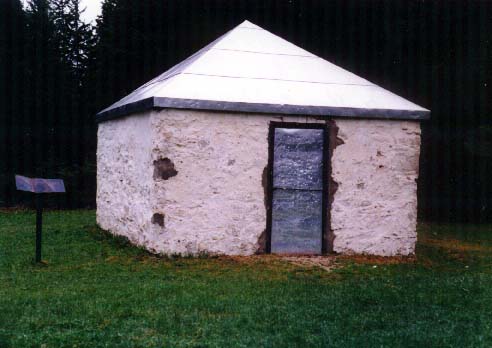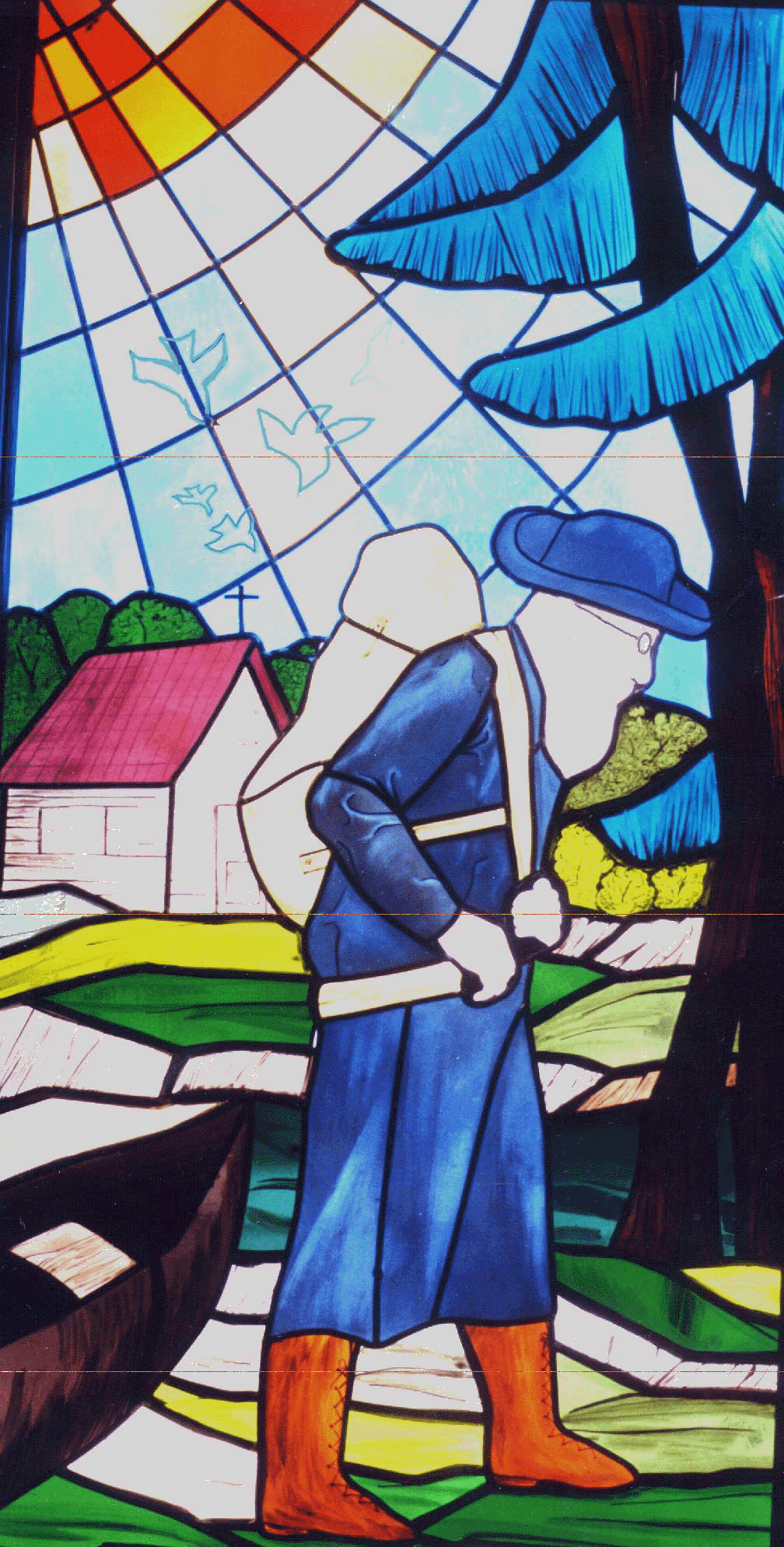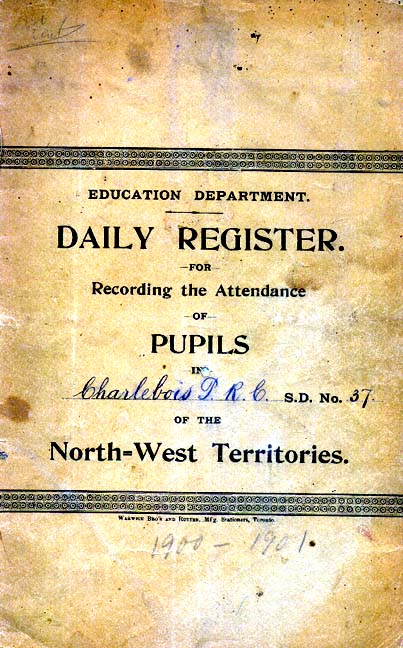
Photo of Hudson Bay Company Powder House. It was used to store ammunition and was sometimes used as a jail.
Cumberland House was a popular fur trading post and it brought people of Aboriginal and European descent together for one main reason... to make business transactions in the fur industry! The Aboriginal people who were skilled in trapping fur bearing animals and preparing the pelts sold them to the Europeans who in turn transported the furs overseas. It is so hard to imagine that our community was established mainly because the Europeans loved wearing fur hats and clothing.
After the 1885 Riel Resistance, many Metis families migrated to the Cumberland area from the Red River Settlement and St. Laurent, Manitoba between 1900 and World War 1. They joined the Indian and Metis people in Cumberland House who made a living off the land by trapping, fishing and hunting. Some families had livestock and grew large gardens.
Our Inland Delta is considered as one of the wonders of the world. It is little wonder, however, that First Nations people from Manitoba decided to settle here. The Delta ensured plenty of water, good soil for growing gardens, game and waterfowl in great numbers. By 1960, hydro power brought major changes to the livelihood of the people. The man made structure called the E.B. Campbell Dam (formerly known as the Squaw Rapids Dam) has forever changed Cumberland House over a course of 40 years. Water levels in the many waterways fluctuated so drastically that many fur bearing animals, wild game and waterfowl populations have been severely depleted.
In 1976, Cumberland House sued the Saskatchewan Power Corporation for damages incurred by the hydro power dam and in March 1989, a settlement was reached. The Cumberland House Development Corporation was established to administer the funds and to help the community with development.
The Indian and Metis people have essentially been forced to change livelihoods in order to survive and diversification seems to be the answer to the future. In the community today, there is a blend of the past and the present. The goal to diversify and to encourage different ways of making a living will never outweigh the love of the land so clearly visible in the people of Cumberland House to this very day. There will always be a little history in every one of us as we continue to look into what the future holds.




